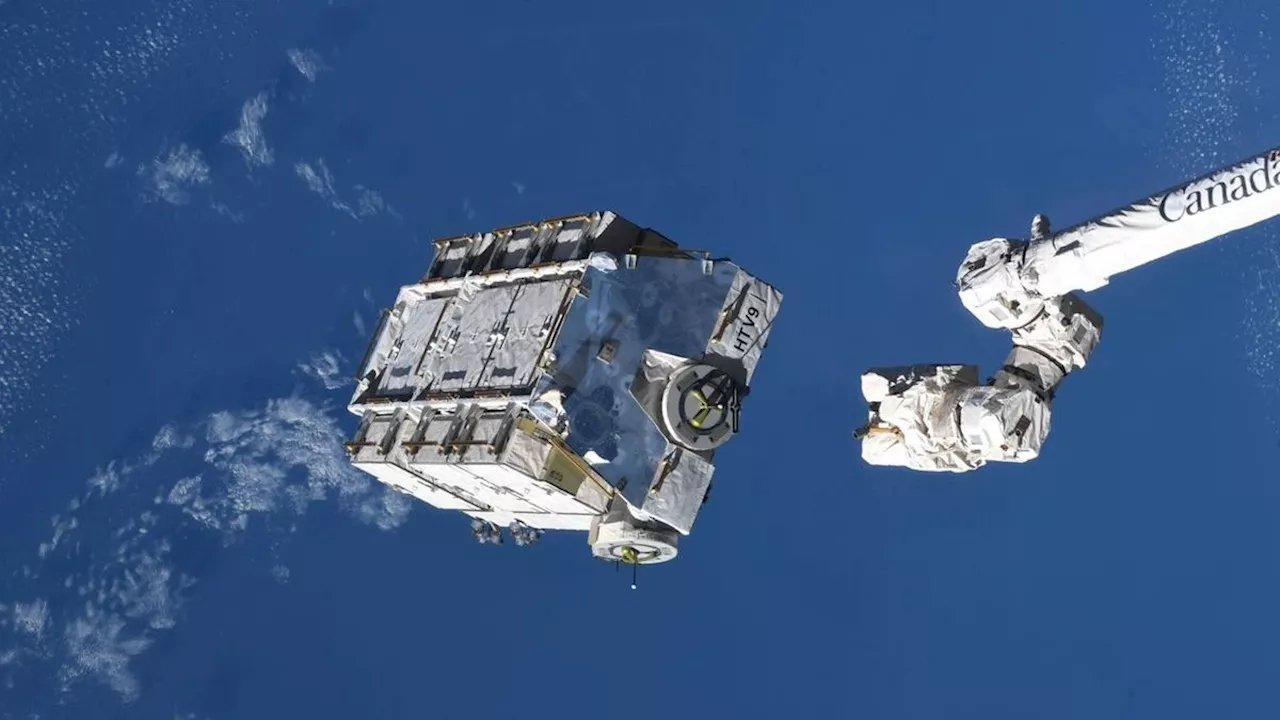Daisy Dobrijevic joined Space.com in February 2022 having previously worked for our sister publication All About Space magazine as a staff writer. Before joining us, Daisy completed an editorial internship with the BBC Sky at Night Magazine and worked at the National Space Centre in Leicester, U.K.
Last night , the sun released an extremely powerful solar flare triggering widespread radio blackouts across the Pacific region. The flare peaked at 7:46 p.m. EDT and ended shortly after at 7:58 p.m. EDT .'s surface that emit intense bursts of electromagnetic radiation. They are created when magnetic energy builds up in the solar atmosphere and is released. Solar flares are categorized by size into lettered groups, with X-class being the most powerful.
Shortwave radio blackouts like the one witnessed over the Pacific are common shortly after powerful solar flare eruptions due to the strong pulse of X-rays and extreme ultraviolet radiation emitted during the event. The radiation travels toward Despite the large number of sunspots currently visible on the sun's surface, our star has been relatively quiet in recent weeks. But not anymore.
"It is always exciting when a sunspot region lives up to its potential. AR3654 has just done that." solar scientist Alex Young posted on X.
United States Latest News, United States Headlines
Similar News:You can also read news stories similar to this one that we have collected from other news sources.
 Europe’s space agency prepares to create solar eclipses to study the SunThe European Space Agency plans to launch a pair of satellites to study the Sun’s corona, with one blocking its surface light while the other observes the remaining light.
Europe’s space agency prepares to create solar eclipses to study the SunThe European Space Agency plans to launch a pair of satellites to study the Sun’s corona, with one blocking its surface light while the other observes the remaining light.
Read more »
 Partial eclipse begins over the South Pacific as the moon starts to cover up the sunPartial eclipse begins over the South Pacific as the moon starts to cover up the sun
Partial eclipse begins over the South Pacific as the moon starts to cover up the sunPartial eclipse begins over the South Pacific as the moon starts to cover up the sun
Read more »
 The Latest: Moon begins blocking sun over Pacific OceanA total solar eclipse crossing North America on Monday will darken skies along a path through Mexico, the United States and Canada. Totality will last up to 4 minutes, 28 seconds in certain spots.
The Latest: Moon begins blocking sun over Pacific OceanA total solar eclipse crossing North America on Monday will darken skies along a path through Mexico, the United States and Canada. Totality will last up to 4 minutes, 28 seconds in certain spots.
Read more »
 Space scientists' new sensors shine spotlight on sun-Earth studiesSmall, low-cost sensors developed by space scientists at The University of Texas at Dallas to study the Earth's upper atmosphere recently—and unexpectedly—provided information about the sun, something the devices were not designed to do.
Space scientists' new sensors shine spotlight on sun-Earth studiesSmall, low-cost sensors developed by space scientists at The University of Texas at Dallas to study the Earth's upper atmosphere recently—and unexpectedly—provided information about the sun, something the devices were not designed to do.
Read more »
 Mysterious object that crashed through Florida home was likely space junk from the International Space StationBen Turner is a U.K. based staff writer at Live Science. He covers physics and astronomy, among other topics like weird animals and climate change. He graduated from University College London with a degree in particle physics before training as a journalist.
Mysterious object that crashed through Florida home was likely space junk from the International Space StationBen Turner is a U.K. based staff writer at Live Science. He covers physics and astronomy, among other topics like weird animals and climate change. He graduated from University College London with a degree in particle physics before training as a journalist.
Read more »
 Southwest Research Institute leads U.S. Space Force-funded space projectSAN ANTONIO - Southwest Research Institute (SwRI) announces its pivotal role in a groundbreaking Space Mobility and Logistics (SML) prototyping project, valued
Southwest Research Institute leads U.S. Space Force-funded space projectSAN ANTONIO - Southwest Research Institute (SwRI) announces its pivotal role in a groundbreaking Space Mobility and Logistics (SML) prototyping project, valued
Read more »
